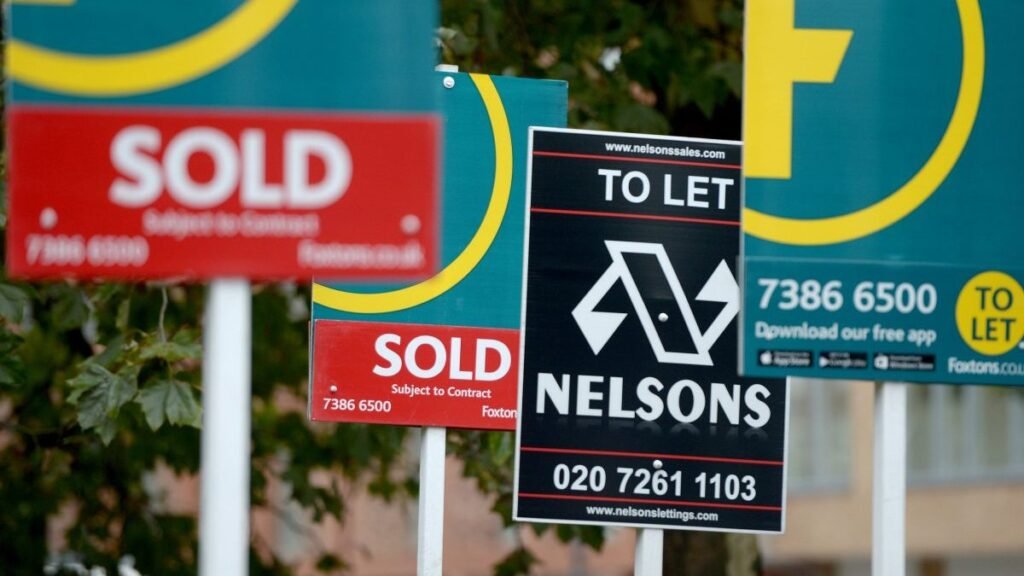Investors are moving towards the north of England, according to a leading estate agent
The proportion of homes bought and then re-sold within a year fell to 2.3 per cent across England and Wales in the first quarter of the year – the lowest figure since 2013.
In number terms, there were 7,301 flipped homes sold between January and March 2025, according to figures from Hamptons.
The estate agency suggests that higher stamp duty costs may be partly behind the fall in the number of flipped homes – a term used for when investors buy, do up and sell a property with the aim of making a profit.
While 80 per cent of flipped homes were sold for a higher price at the start of the year, only 66 per cent made a profit after stamp duty costs were added, according to the Hamptons analysis.
Stamp duty (SDLT) is a tax paid on property purchases and from 31 October last year, an additional 5 per cent was added on top of SDLT residential rates for those buying second properties.
SDLT was also increased in April. The nil rate threshold – the amount of a property purchase on which no SDLT is owed – reduced from £250,000 to £125,000.
Hamptons says SDLT is increasingly one of the largest individual costs when flipping a home, and this is eating into investors’ returns.
It says after the April changes, SDLT will now cost the average person flipping a home in England and Wales a record 30 per cent of their gross profit.
And as a result, the estate agency says while it is still financially worthwhile flipping properties in the north of England and the Midlands where property prices are lower, it makes less financial sense in other parts of the UK.
Aneisha Beveridge, head of Research at Hamptons, said: “Bigger stamp duty bills are wiping out a lot of profit from flipping. The five per cent surcharge for investors, coupled with a reduction in the point at which buyers start paying stamp duty, means it’s harder than ever to make the sums stack up.
“Stamp duty bills now account for nearly a third of gross profits. And in some cases, these bills are now higher than the cost of renovating the property. This, together with rising material and labour costs and, in some places, falling house prices, makes flipping homes an increasingly tricky business.
“Rising upfront costs have pushed investors further North, where properties can still be bought without paying any stamp duty. It’s also where more house price growth has been concentrated over the last few years.”

